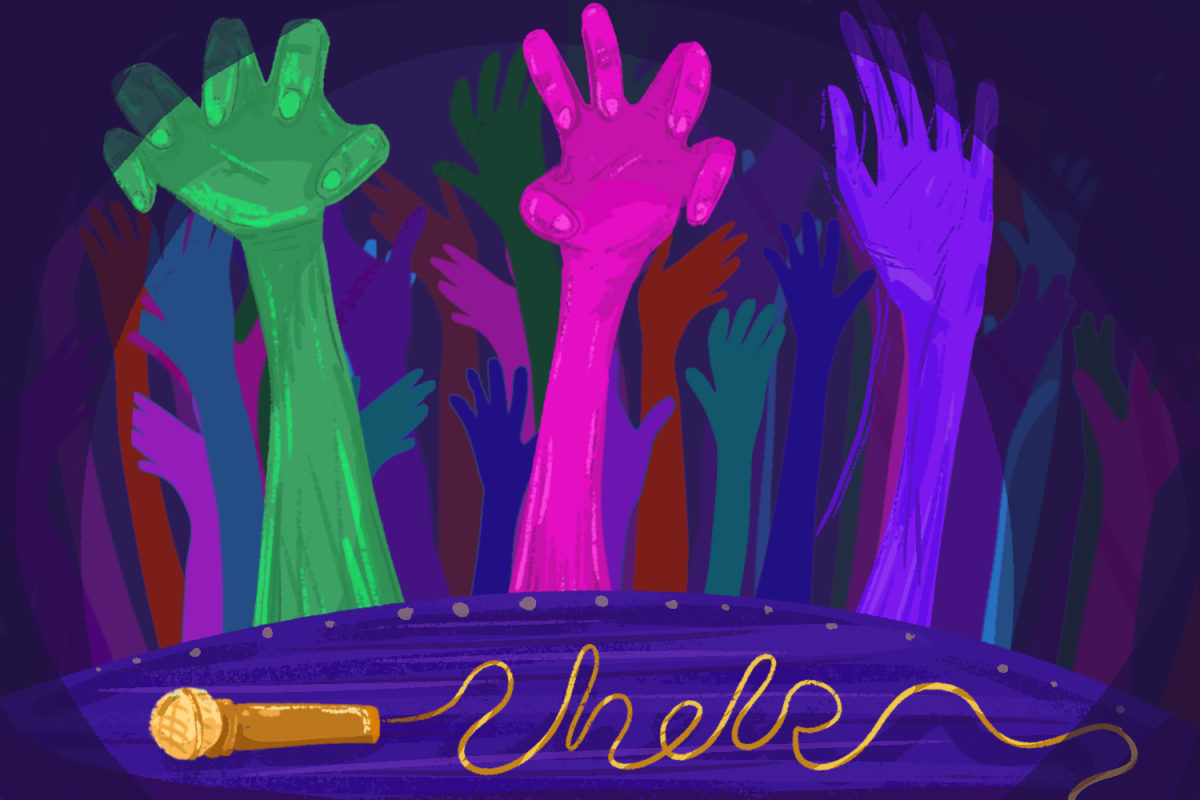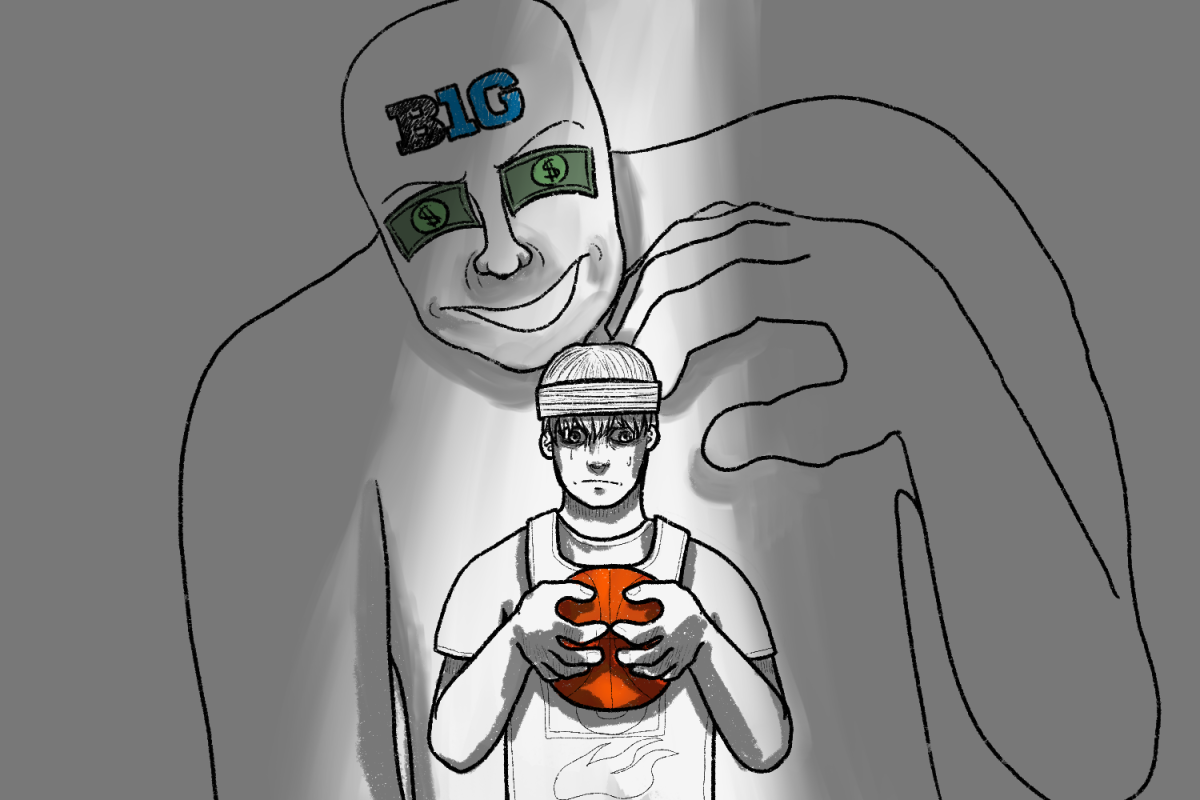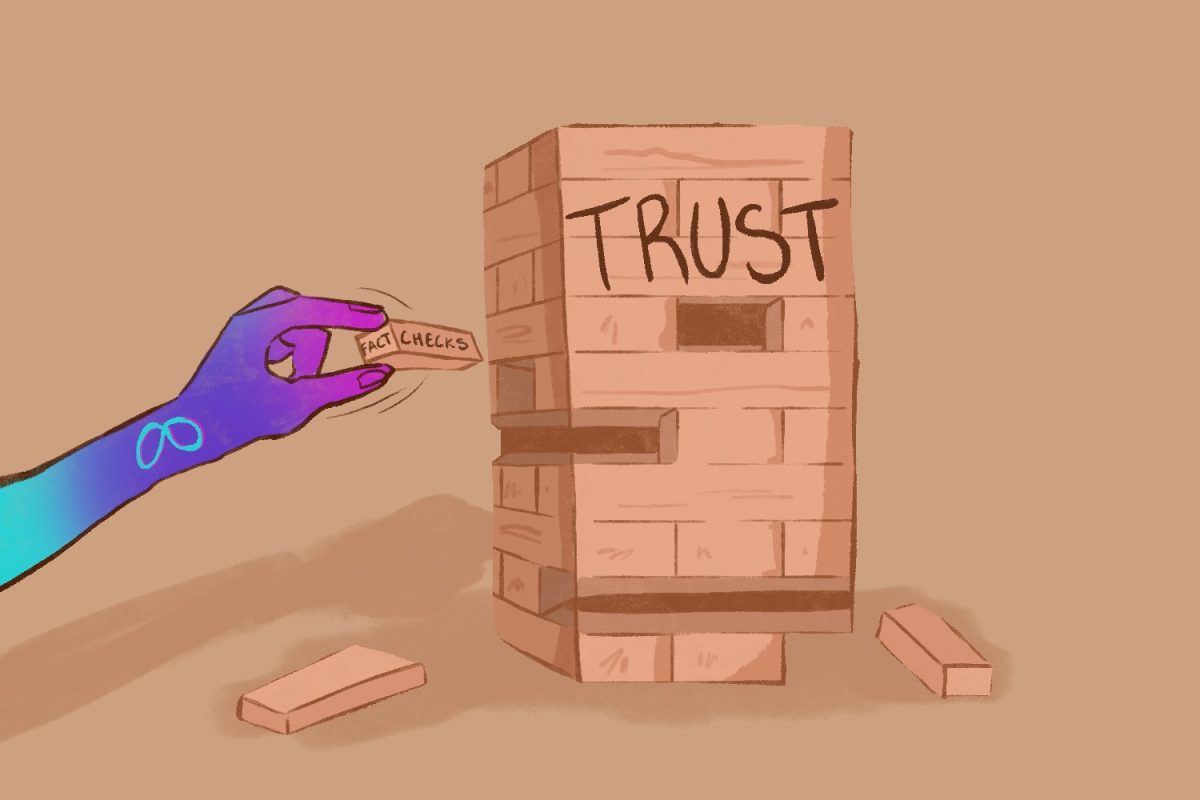Fans shouldn’t need to worry about their safety when going to their favorite concerts, yet poor concert behavior continues to persist, resulting in what should have been avoidable fatalities and injuries over the last four years.
The Astroworld Tragedy of 2021 resulted in 10 fatalities and hundreds of injuries, shocking concertgoers and artist audiences. These deaths came as a result of compression asphyxia, in which the pressure of the crowd was so intense that they lost too much oxygen, killing them soon after. The crowd’s sudden movement was a fatal choice as hundreds of people struggled to breathe amongst the pressing bodies.
This headline event was not enough to change how poor concert behavior manifested three years later. To this day, eager fans continue to show disrespect towards fellow concertgoers and artists, characterizing concerts to be defined by the risk of injury or even death.
Since the COVID-19 pandemic, concert behavior has changed drastically, putting young individuals in dangerous situations. Experts predict that the prominence of social media and the attempts to capture wild behavior online has drastically altered behavior.
It doesn’t help that an American Addiction Center survey discovered that “fifty-seven percent of people attending live music events admitted to using alcohol or drugs,” which intensifies the probability of aggressive behavior.
Eager teenage and college students are increasingly vulnerable to this reality, being the second leading group surveyed to attend concerts more than once in 2023. The individuals who died at the Astroworld concert were all under the age of 30, including a 9-year-old. This should be an alarming wake-up call for concert audiences to consider how their actions can pose a dangerous threat to the health and safety of those around them.
Inappropriate behavior has further manifested in attendee behavior towards performers. In 2023, there were various accounts of violent concert behavior, such as a concert attendee slapping artist Ava Max or Bebe Rhexa’s trip to the hospital after having a phone thrown at her face.
Most recently, Nick Jonas ran off stage after having a laser pointed at his face, in addition to Taylor Swift’s cancellation of three Austria shows due to planned terrorist attacks.
This behavior must stop, as the frequency of these incidents in the last four years threatens to normalize this behavior. This normalization poses a dangerous example for younger audiences: engaging in this intense concert behavior while possibly using substances to enhance a concert experience makes it more fun when, in reality, it threatens the safety of their lives.
Although public authorities and artists can continue to take measures to protect their audiences, such as limiting attendees or increasing security, at the end of the day, it is up to the fans. Attendees need to be increasingly aware of how their behavior and choices to use substances can have a more significant effect.
A concert aims to produce a positive experience as an opportunity for people to get together and enjoy their shared love for music alongside their favorite artists. Yet, the looming threat of injuries and death haunts concertgoers as persistent recklessness has altered concert culture.
Attendees need to take accountability and demonstrate appropriate concert etiquette to bring back the entertainment of what concerts used to be.
*This editorial reflects the views of the Editorial Board and was written by Daniela Cuadros. The Editorial Board voted 12 in agreement and 3 refrained from voting.























